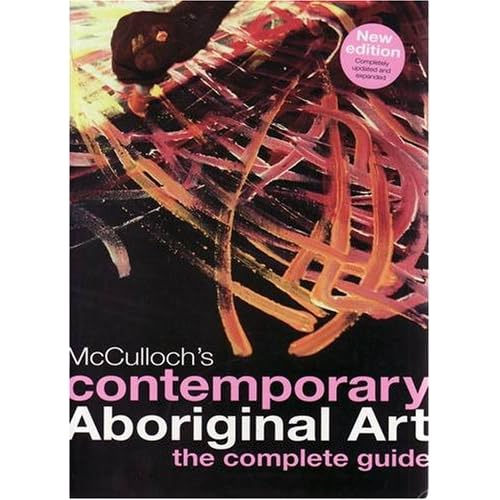The exhibition was a riotous explosion of noise and exuberance with the entrance filled with a wide metal riveted construction that filled the whole room. As you entered the exhibition, you were faced with this sculpture. You were pinned up against the door, looking into the empty hollow, that was black, but as you looked, light penetrated into the depths of the piece. It was very, a very female piece as you were looking between the legs into the depths of her womb.
As you walked to the sides, you found that the metal was shaped like a sycamore seed. It was a burnt orange, riveted with bands of darkening brown. Almost protective, the shape of the room, an octagon also helped that it forced you to go round in one or two ways. Like me some people bent themselves up and slip under the arch of the sycamore to escape into other rooms.
In the next room, there were several pieces of highly polished mirrors . These were almost typical fairground as you looked at the sculptures, you could see the distorted images as you wandered through the gallery. Yet, with all the works around the room, it created multiple images that reflected off one another.
The next room was one large yellow wall, but in the centre was a hollowed out sphere in yellow. Then the room was empty, so the yellow wall had false space, that you could look at both an embossed or debossed image. The size was massive and it dominated the whole room, even as you sat opposite the hole in the wall.
There were some smaller pieces on floor and high up on the ceiling. I remember seeing these pieces before at the Liverpool Tate, where my mother had offered a view that the colours were religious in one context. To my current eyes, they looked playful and reminded me of some surrealist works or Miro in a 3-D shape.
The room everyone had come to see was the cannon that fired cylinders of red wax into a room. This was the small gallery in the corner, by now the room had filled and the red wax looked like a river opening out of the room. Although, I had thought it, an unusual idea and just something for show. It was a more engaging work, when viewed. The excitement of the viewers as the canon was about to be fired, the reaction as the wax landed and added to the whole cascade out the room.
Kapoor had taken over three rooms with a moving slide of red wax that fitted the door way. This moved ever so slowly through the halls on a sliding mechanism. It was strange to see this slab moving along a track that you could not cross. Long lines of movement were laid out in the wax. Another gigantic piece that dominated, you could only view it from certain entrances or rooms. You also had to be told not to put it on your hands as it could damaged clothes.
Another room had a similar pieces to the main entrance, but this time the ovaloid entrance looked like lips or a flower and from it flowed a meandering line. This wiggled through the room, but you could only walk around it, not through it or climb over it. It felt like a ‘line going for a walk’.
The last room had a series of clay roundels scattered in the gallery. There were on pallet tops and filled the area. You had to pick your way through these manquettes as they were grey and unfinished, in as much they had not been fired. So they still look malleable and waiting to be finished. What this a reply to the Anthony Gormley piece, The Field?
Besides the riotous noise and the joyous laughter of the people with their children that tended to dominate the exhibition. The whole exhibition was an exercise in space; how and when to use it and it was very successful. The large pieces tended to demand respect, but the moving wax was a good idea and seems to work. However, I am not sure that these pieces will be effective over years or have greater depth.
The yellow wall was stunning and you could fall into it, but the moving wax was an event and maybe you have to be there for the anticipation as the wax moves and where it falls. Overall the exhibition was fun and I thought use of space superb. Making me think about space for sculpture and its absence can define work.





